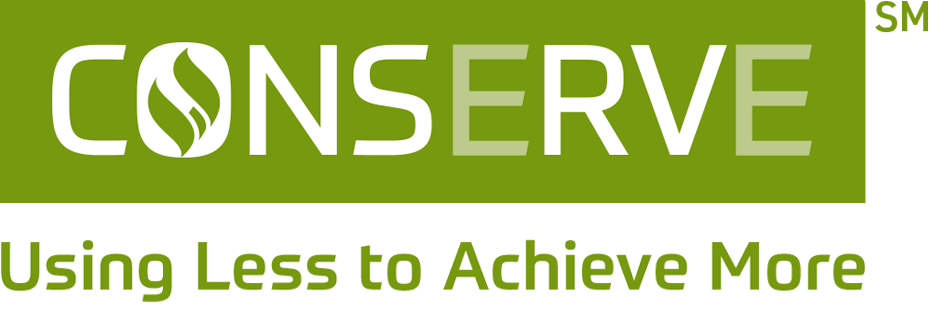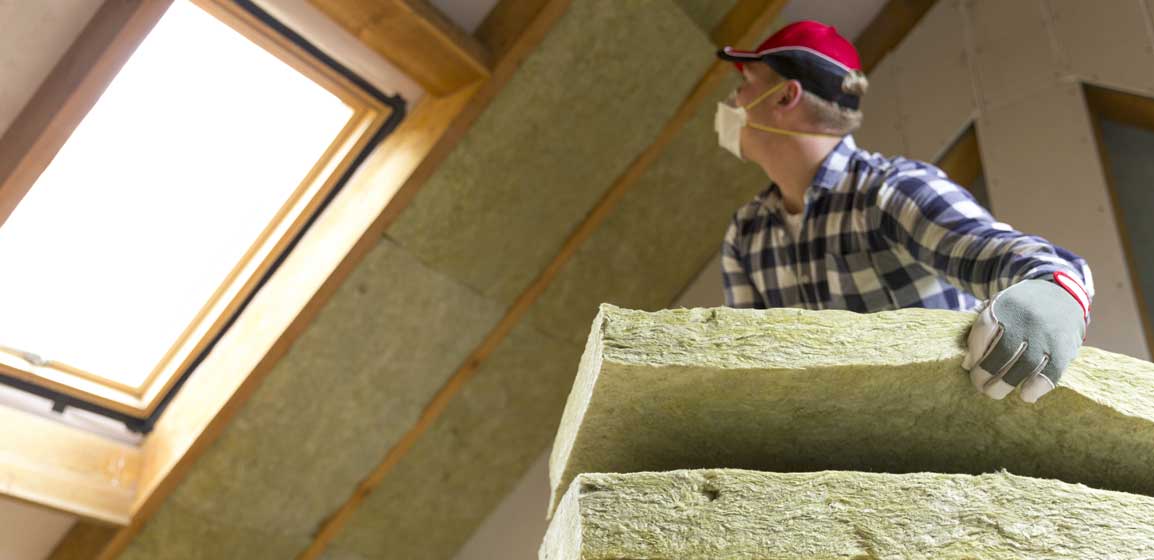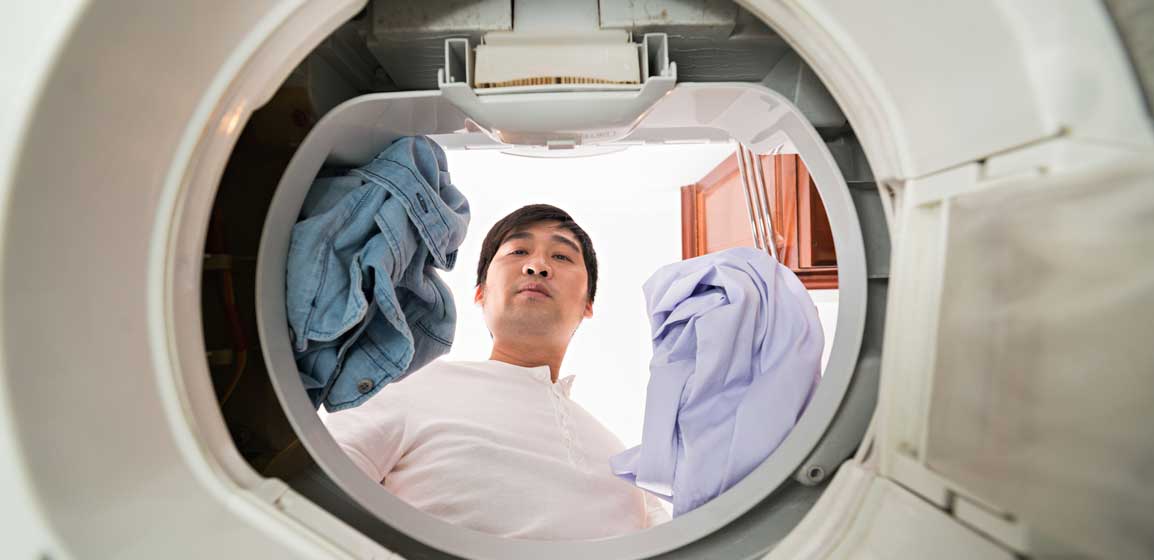House Call: Adding Insulation to an Existing Home
Most homes are not designed and built specifically to maximize energy efficiency, and older homes typically have less insulation than newer homes. Homeowners can often lower their energy bills by adding more insulation, and the investment in added insulation often pays for itself in just a few years.
If you’re considering adding insulation, first answer the following questions:
- What locations in the home are both properly and improperly insulated?
- What type of insulation is already in place?
- What is the R-value (a thermal resistance rating) and the thickness or depth of the existing insulation?
If you need help to determine that information, a qualified home energy auditor can evaluate your insulation as part of a whole-house energy assessment (or audit). That analysis will also help you identify parts of your home that need to be air sealed, which should be completed before you insulate.
For details and guidance on insulation inspection, product factors, cost estimates and more, visit Adding Insulation to an Existing Home. And thanks to our friends at Energy.gov for their expert advice!





